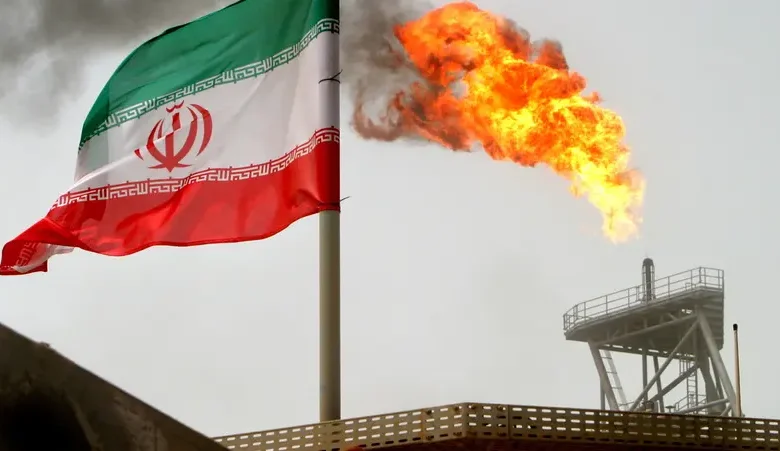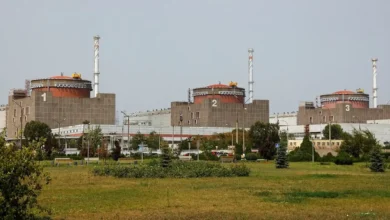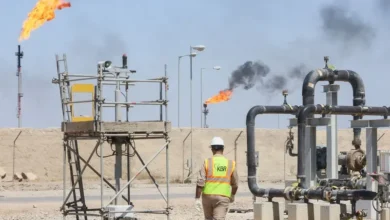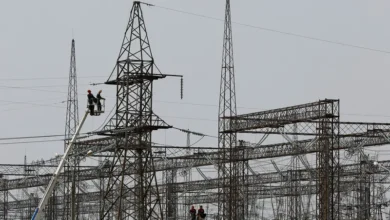Iran inks big contracts with domestic companies to increase oil production

Iran on Sunday sealed contracts worth billions of dollars with domestic companies to boost its oil production in the face of Western sanctions.
In a ceremony broadcast on state TV, the oil ministry and Iranian businesses signed deals worth $13 billion to increase daily oil production in six major fields.
SHANA, the official news agency for the oil industry, labelled the deals as Iran’s “biggest oil contracts in the past decade” and said they aimed to add 350,000 barrels per day to the country’s daily production.
In October, Iranian Oil Minister Javad Owji promised the country’s oil production would reach 3.6 million barrels per day by the end of the Iranian year on March 19.
In the new year under the Iranian calendar, “production will reach four million barrels per day,” he added.
Iran’s oil sector suffered a blow in 2018 when Western sanctions were reimposed, forcing foreign companies to leave the country, after the United States withdrew from a landmark deal designed to curb Tehran’s nuclear program.
According to the oil ministry, Iran will be “relying on domestic expertise” to help boost the production in its western and southwestern fields, including Azadegan in Khuzestan province, on the border with Iraq.
Development contracts for Iran’s oldest oil field, Masjed Soleyman in Khuzestan, were also signed.
First drilled in 1908, well No 1 in Masjed Soleyman is the oldest in the Middle East.
The oil ministry signed the contracts two days before the 73rd anniversary of the nationalization of the Iranian oil industry, then run by the British-controlled Anglo-Iranian Oil Company.
Last week, Iran said it has given $20 billion in contracts to domestic firms to ramp up production from the offshore South Pars gas field in the Gulf, which is shared with Qatar.
According to United States Energy Information Administration (EIA), Iran was the world’s seventh-largest crude oil producer in 2022.
It also holds the world’s third-largest proven oil reserves, according to the EIA.










